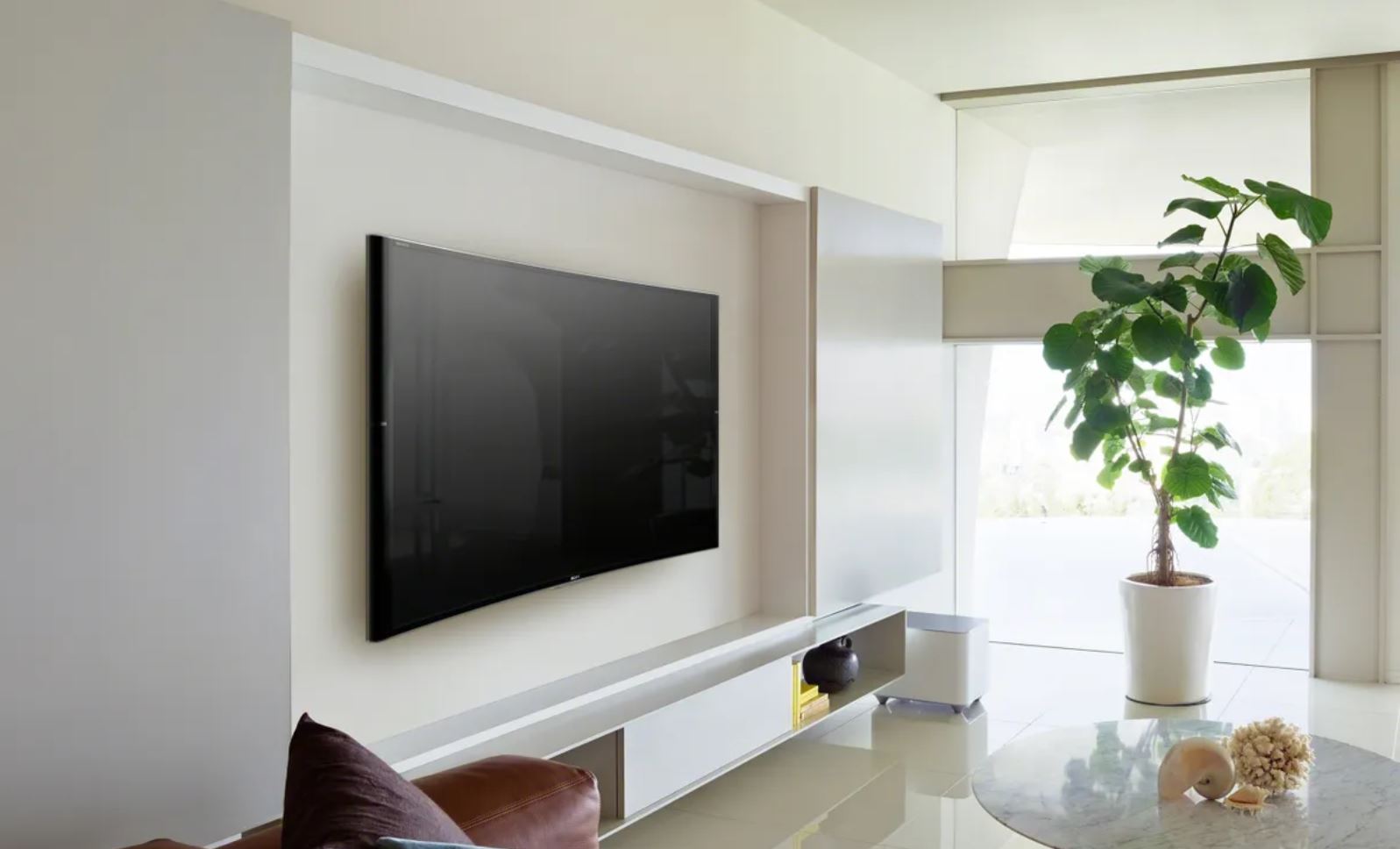When it comes to buying a TV, there are a few key factors to consider in order to make the right decision for your needs. In this blog post, we’ll go over some of the most important things to keep in mind as you shop for your next TV.
First, consider the size of the TV. The size of the TV you choose will largely depend on the size of the room where you plan to use it. A general rule of thumb is to choose a TV that has a screen size that is proportionate to the size of the room. For example, if you plan to use the TV in a small room, a 32-inch TV may be a good choice. However, if you plan to use the TV in a larger room, you may want to consider a larger TV, such as a 55-inch or 65-inch model.
Next, consider the resolution of the TV. The resolution of a TV refers to the number of pixels that make up the picture on the screen. The higher the resolution, the clearer and more detailed the picture will be. Most TVs on the market today have a resolution of 1080p, which is Full HD resolution and provides a good level of detail. However, if you want even more detail and clarity, you may want to consider a TV with 4K resolution, which provides four times the detail of 1080p.
Another important factor to consider when buying a TV is the refresh rate. The refresh rate refers to the number of times per second that the TV updates the image on the screen. A higher refresh rate can help to reduce motion blur, especially when watching fast-paced sports or action movies. Most TVs have a refresh rate of 60 Hz, but some TVs have a higher refresh rate of 120 Hz or even 240 Hz.
In addition to these technical specifications, you should also consider the type of TV you want to buy. There are two main types of TVs: LCD and OLED. LCD TVs use a backlight to produce the image on the screen, while OLED TVs use organic LED pixels that emit their own light. OLED TVs are generally considered to be better than LCD TVs because they can produce deeper blacks and more vibrant colors. However, they are also generally more expensive than LCD TVs.
Another factor to consider when buying a TV is the connectivity options. Most TVs today come with a variety of connectivity options, including HDMI, USB, and Ethernet ports. HDMI is the most common type of connectivity and is used to connect the TV to other devices, such as a cable box or streaming device. USB ports can be used to connect devices such as a keyboard or mouse, while Ethernet ports can be used to connect the TV to the internet.
Additionally, you should consider the smart features of the TV. Many TVs today are “smart TVs,” which means that they have built-in internet connectivity and can access a variety of online streaming services, such as Netflix and Hulu. If you plan to use your TV for streaming, it’s important to choose a model that has the smart features you need.
Finally, consider the price of the TV. TVs can range in price from a few hundred dollars to several thousand dollars, depending on the size, resolution, and features of the TV. It’s important to set a budget before you start shopping and to stick to it. Keep in mind that a higher-priced TV doesn’t always mean a better TV – it’s important to look at the features and specifications of the TV to determine its value.
In conclusion, buying the right TV involves considering several factors, including the size, resolution, refresh rate, type, connectivity options, smart features, and price. By keeping these factors in mind, you can choose a TV that meets your needs and



